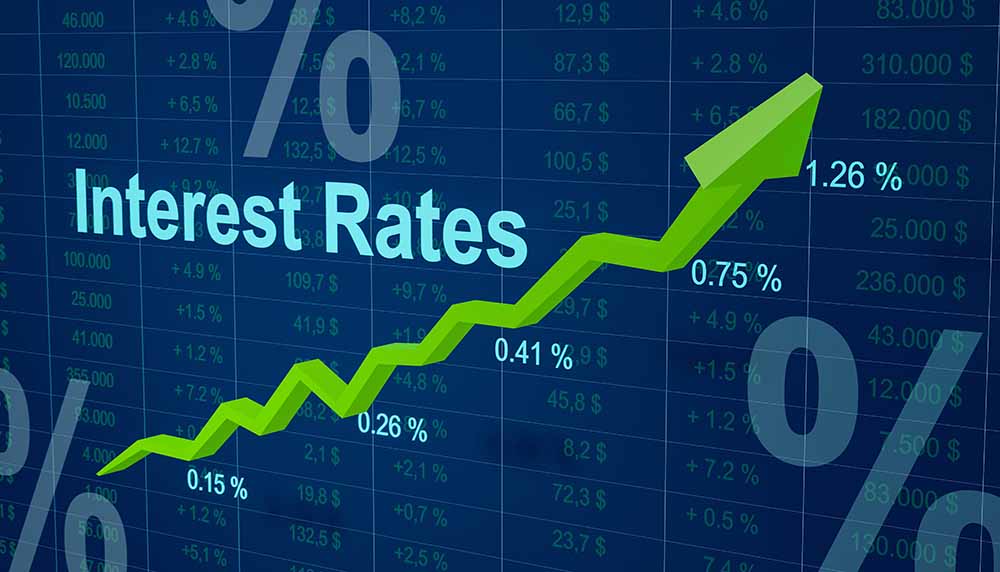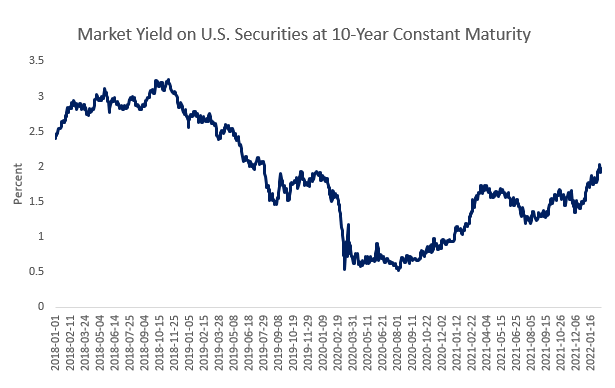
What is Maturity Treasury Data?
Maturity Treasury data is information about the yield on government issued treasury securities over time. Examples of treasury securities include Treasury Bills, Treasury Notes, and Savings Bonds, which the U.S. government issues periodically to borrow money from the public. The maturity yield is the return that investors receive from their investment in the security – effectively, the interest rate that the government pays to borrow money for various lengths of time. Treasury securities are seen as low-risk, low-reward investments compared to other forms of investment, such as company stocks or cryptocurrency.
Maturity yield differs depending on two factors. One is the length of time it takes the security to mature. Treasury securities can mature anywhere from a few days to 30 years after they are issued; long-term maturities typically have higher yields as the longer money is tied up, the more returns investors will expect. The second factor is the demand for that type of security. Treasuries are issued with a face value and fixed interest rate, to be sold at an initial action or via the secondary market; typically, the higher the demand is for a type of security, the lower the yield rate. These two factors interact to affect the yield for each security type on a given day.
What is Maturity Treasury Data Used For?
The 10-year Treasury Constant Maturity Rate is the most widely used treasury rate in data analytics, seen as an indicator of the overall health of the US economy and a signal of investor confidence. As confidence in the economy rises, demand and prices for securities drop and yields rise; investors are not as interested in the highly secure treasuries and prefer riskier investments. As investor confidence decreases, the demand for secure investments rises, driving up the price of bonds and decreasing the overall yield from investment. While 10-year Treasury Bill Rate is the most widely used metric, there are plenty of other treasury bill rates that are used in the same way.
For example, if you look at the market yield on the U.S. Securities at a 10-Year constant maturity time series, you can clearly see this as a proxy for a significant decrease in confidence of the economy beginning March 2020, and then representing a slow recovery through 2022. If your business is like most businesses, utilizing this external factor to capture that economic confidence in your forecasts can be a valuable tool, and will improve your analysis and allow you to focus on the outcome you care about, and can be utilized to help you plan for future changes in the economic landscape.

You can find more descriptive stats on the 10-Year Treasury constant maturity rate here.
What Other Metrics Can I Use as An Economic Health Proxy?
While Treasury Maturity data is widely accepted as the standard for economic health indication, there are plenty of other datasets that can be used in place of or in addition to it. We ran the 10-Year Treasury Constant Maturity Rate dataset through Ready Signal’s Auto-Discovery feature and found several datasets with a correlation to this one.
Working Age Population: Males 55-65 with a 6 month lag demonstrates a strong negative correlation (-0.87) to the 10-yr Treasury maturity yield, and the Producer Price Index for wood pulp with a 5 a month lag has a positive correlation (0.78), suggesting these factors could be potential economic leading indicators to consider in your business analytics. Consumer sentiment also demonstrates a positive correlation (0.78) to the 10-yr Treasury maturity yield and could be an alternative proxy for economic health in your analysis.
Ready Signal is a platform built to source, recommend, transform, and deliver control data to data scientists and analysis to improve model performance. If you are looking to incorporate control data into your models and are interested in Ready Signal’s services, learn more by visiting https://www.readysignal.com/ or emailing [email protected].
